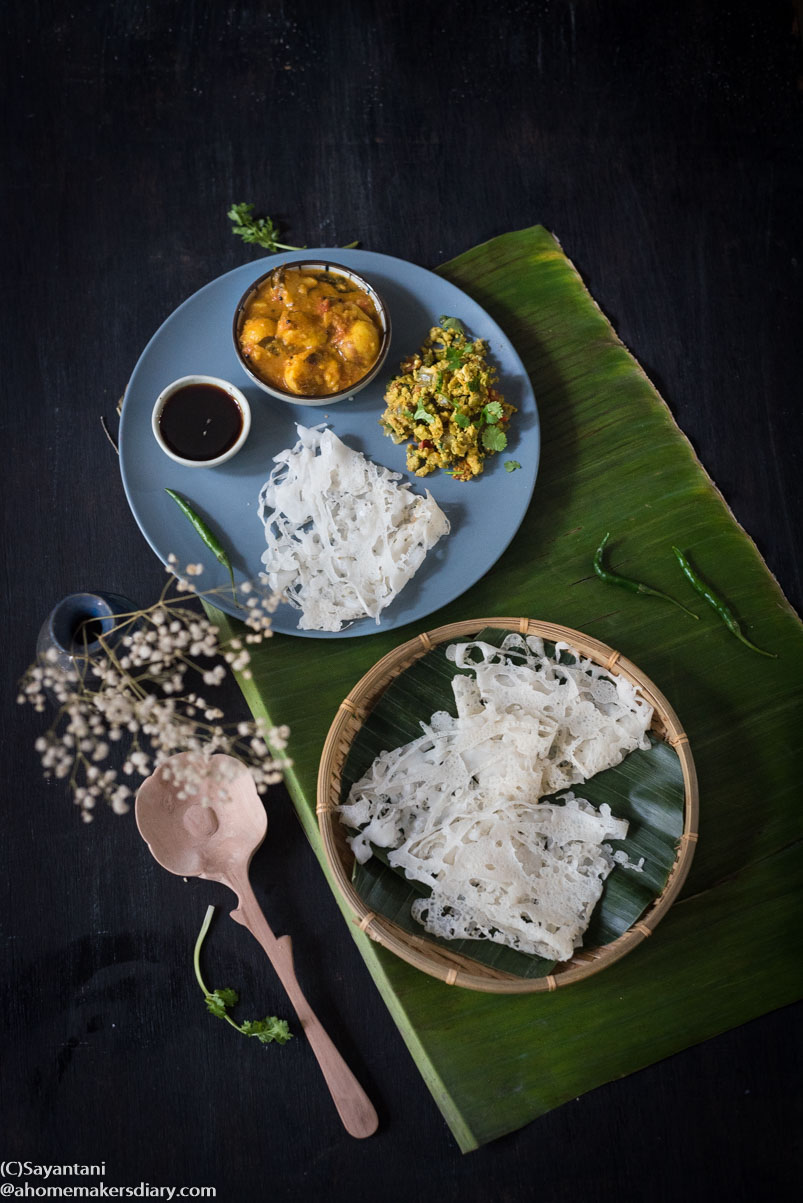
What is your
traditional breakfast is a question that I often face. Especially from the
foreign guests during our cuisine walks, all curious about Bengali food after a
leisurely discussion and walk through the fascinating Gariahaat market.
The first time I heard this question, I got a little startled and could not reply quickly. Honestly, the breakfast that I have most days is toast and egg which in no way is a traditional breakfast. It rather is a hangover from the 200 years of the British Raj and Bengal being its capital for about 139 years (1772-1911). The other popular breakfast items most Bengalis would drool over and get nostalgic about be it luchi, kochuri or Radhaballavi are occasional/ festive breakfasts not to be had daily.
Read more by clicking on the heading...























